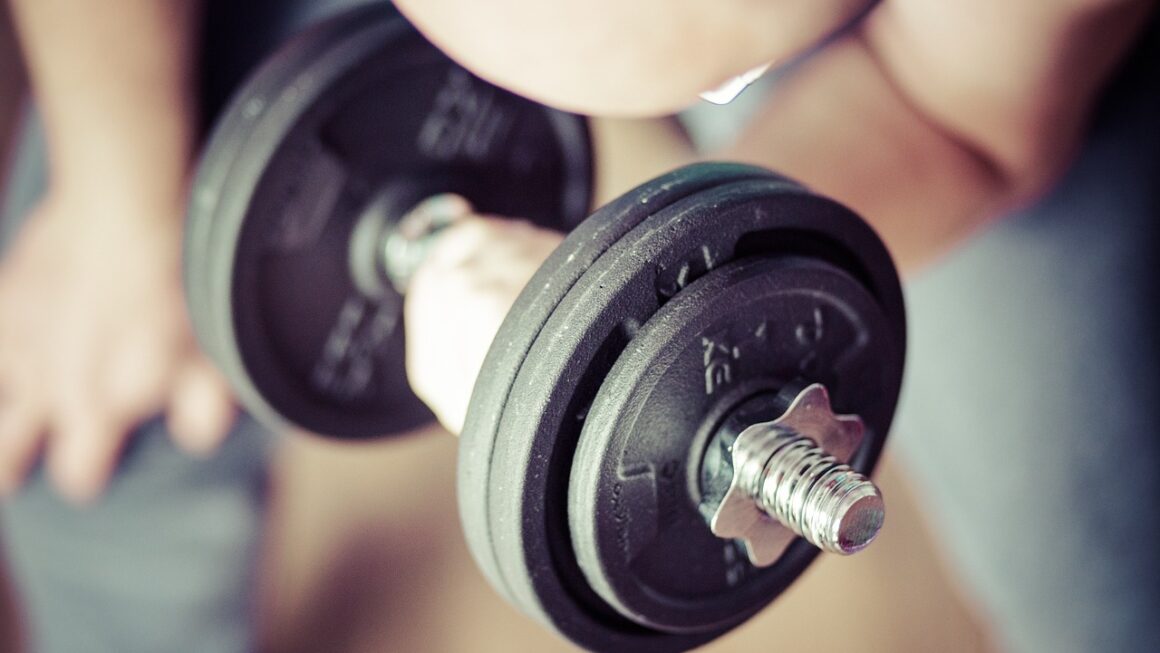Workout recovery is an essential yet often overlooked aspect of any fitness plan. After a rigorous workout, your muscles undergo stress, which necessitates a recovery process to rebuild and strengthen. Understanding workout recovery can maximize your fitness gains, reduce the risk of injury, and enhance overall performance. In this blog post, we’ll explore various components of workout recovery and how to implement them effectively in your routine.
The Importance of Workout Recovery
Recovery is not just about resting; it’s about helping the body repair and adapt. Here are some key reasons why workout recovery is critical:
- Muscle Repair: Exercise causes micro-tears in muscles that need time to heal.
- Performance Boost: A proper recovery enhances your next workout session.
- Injury Prevention: Overtraining without sufficient recovery can lead to injuries.
- Mental Health: Recovery time allows for mental rejuvenation, reducing burnout.
Types of Workout Recovery
Active Recovery
Active recovery involves low-intensity exercise after high-intensity workouts. This method helps increase blood flow and promotes healing without taxing the body.
- Examples:
- Walking or light jogging.
- Yoga or stretching.
- Swimming or cycling at a leisurely pace.
Studies suggest that active recovery can help reduce muscle soreness by up to 20% compared to complete rest.
Passive Recovery
This type of recovery focuses on complete rest and often includes sleep, nutrition, or relaxation techniques.
- Key Elements:
- Sufficient sleep (aim for 7-9 hours per night).
- Nutrition that supports muscle recovery, such as proteins and healthy fats.
- Hydration to facilitate nutrient transport and muscle recovery.
Nutrition for Recovery
Your diet plays a crucial role in how effectively you recover from workouts. Here are some key nutritional strategies to consider:
- Protein Intake: Consume protein-rich foods such as chicken, fish, eggs, or legumes post-exercise to promote muscle repair.
- Carbohydrate Replenishment: Replace glycogen stores with complex carbs like whole grains, fruits, and vegetables.
- Healthy Fats: Include sources like avocados and nuts, which can reduce inflammation.
- Hydration: Drink plenty of water and consider electrolyte-rich drinks after intense workouts.
For optimal recovery, aim to have a meal with a 3:1 ratio of carbohydrates to protein within 30 minutes after your workout.
Recovery Techniques
Incorporating specific recovery techniques can enhance your overall recovery process. Here are some popular methods:
- Foam Rolling: This self-myofascial release technique aids in muscle recovery and can reduce soreness.
- Ice Baths or Contrast Showers: These methods can help reduce inflammation and muscle soreness by improving circulation.
- Massage Therapy: Regular massage can improve flexibility, reduce muscle tension, and promote relaxation.
Consider integrating one of these techniques into your post-workout routine for enhanced recovery.
Listening to Your Body
One of the most important aspects of effective workout recovery is listening to your body. Here’s how to do it:
- Track Your Symptoms: Pay attention to signs of fatigue, soreness, and other indicators of overtraining.
- Adjust Your Routine: Don’t hesitate to modify your workout intensity based on how you feel.
- Rest Wisely: Incorporate scheduled rest days and ensure time for complete rest whenever needed.
Making adjustments based on your body’s signals can help you maintain a sustainable workout routine.
Conclusion
Workout recovery is crucial for maximizing the benefits of your training sessions and preventing injury. By understanding and implementing various types of recovery, focusing on nutrition, utilizing effective recovery techniques, and listening to your body, you can enhance your fitness journey significantly. Prioritizing recovery is not just an afterthought; it’s an integral part of any effective workout regimen. Start incorporating these strategies today for better performance and overall health.




